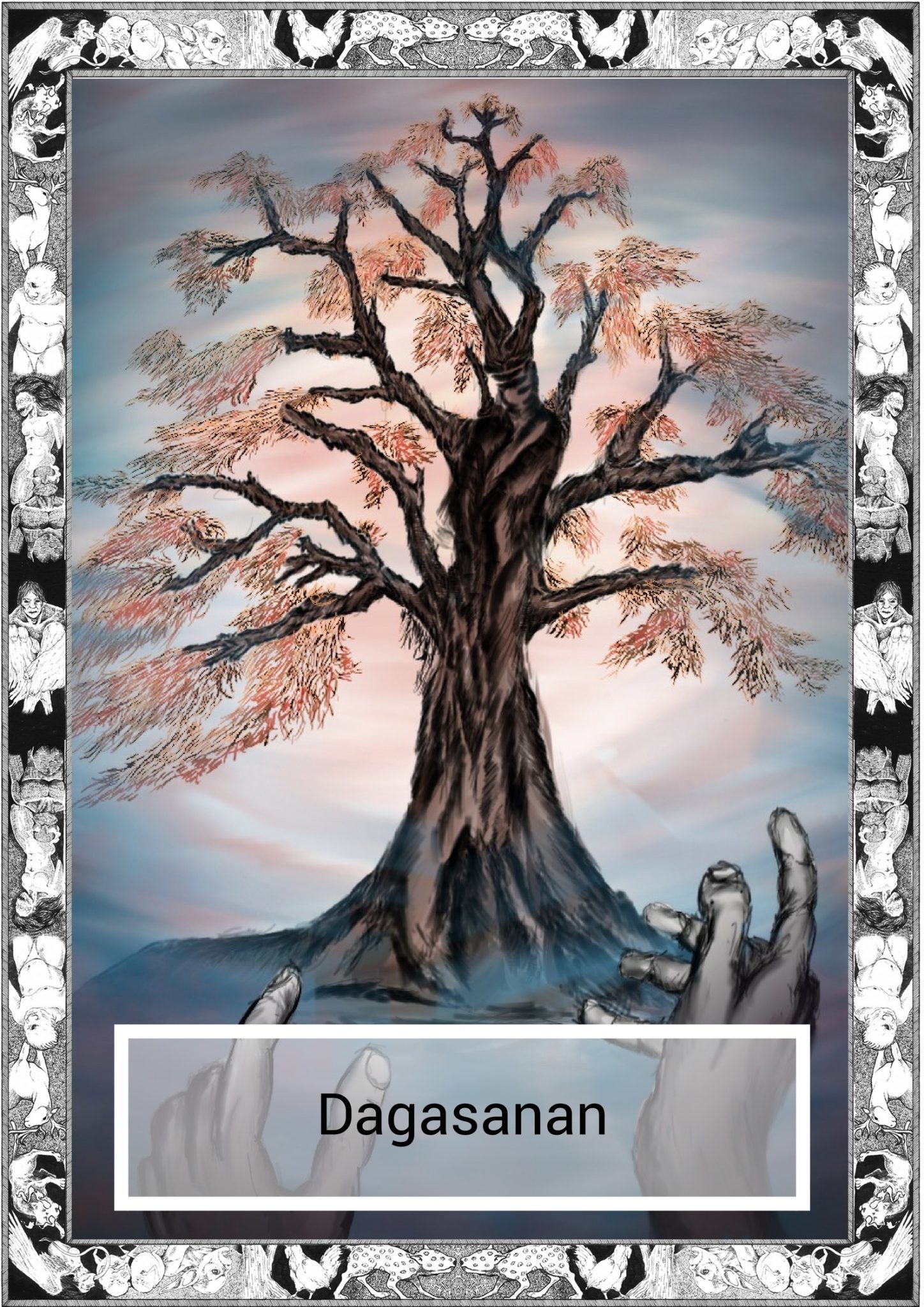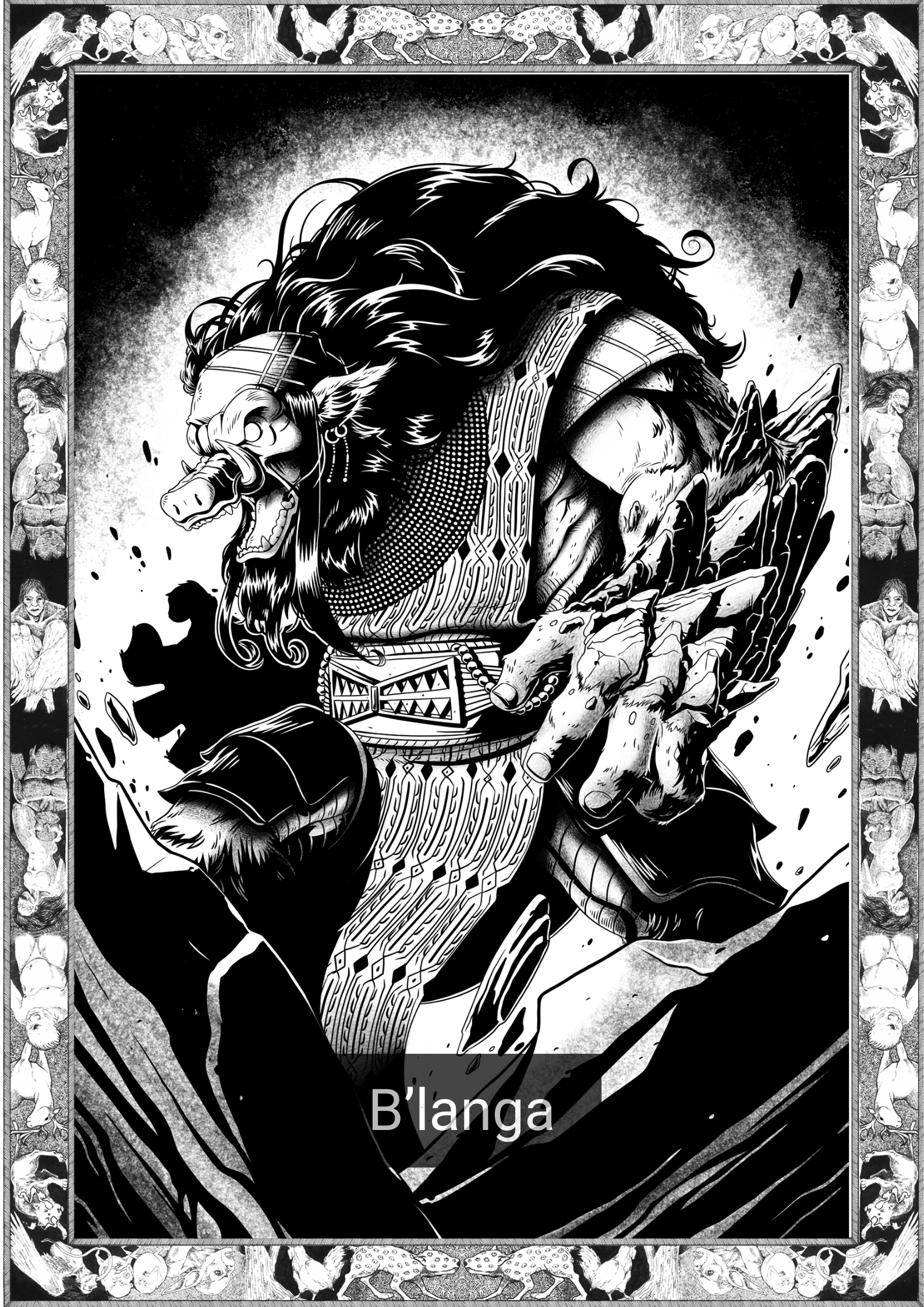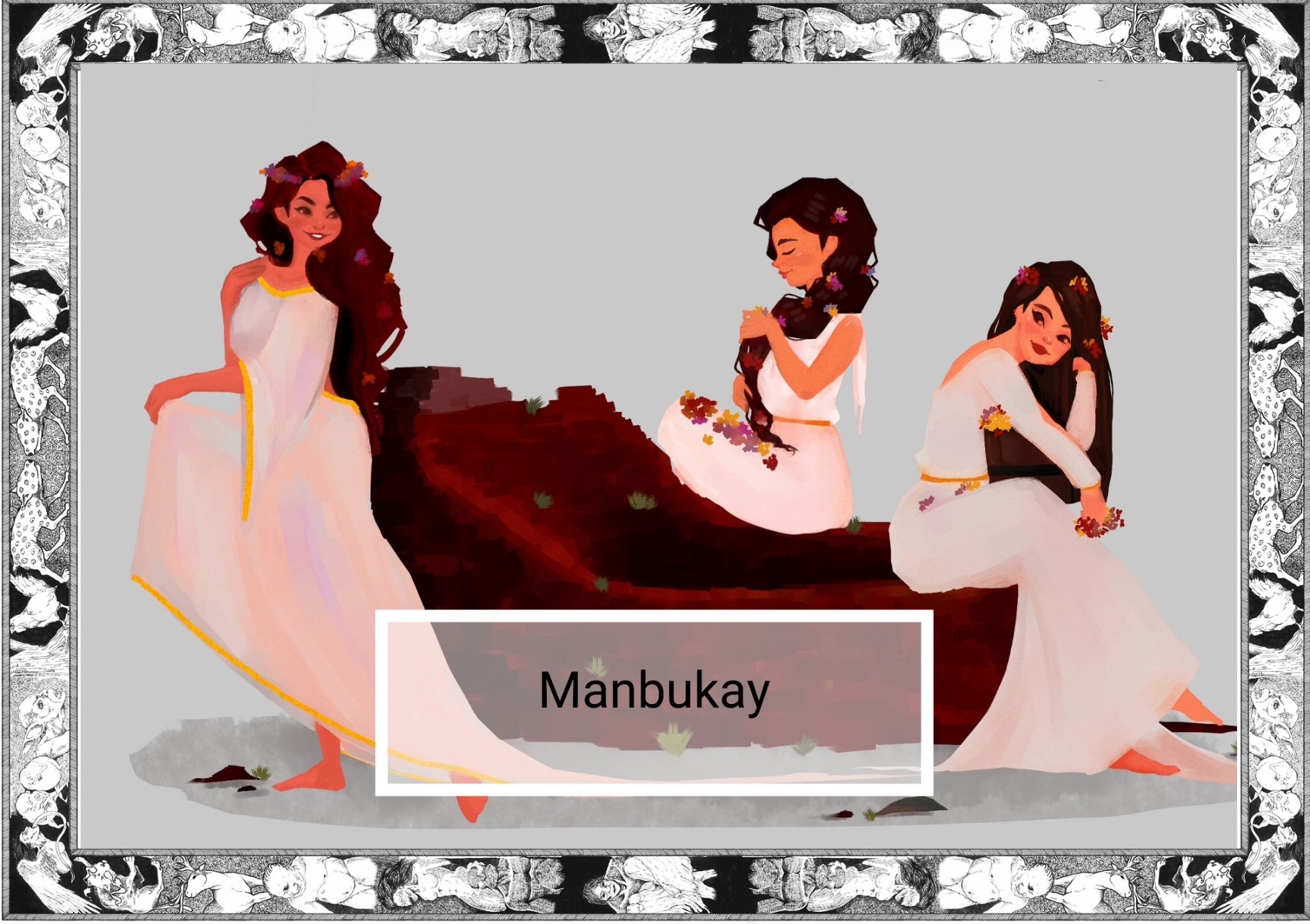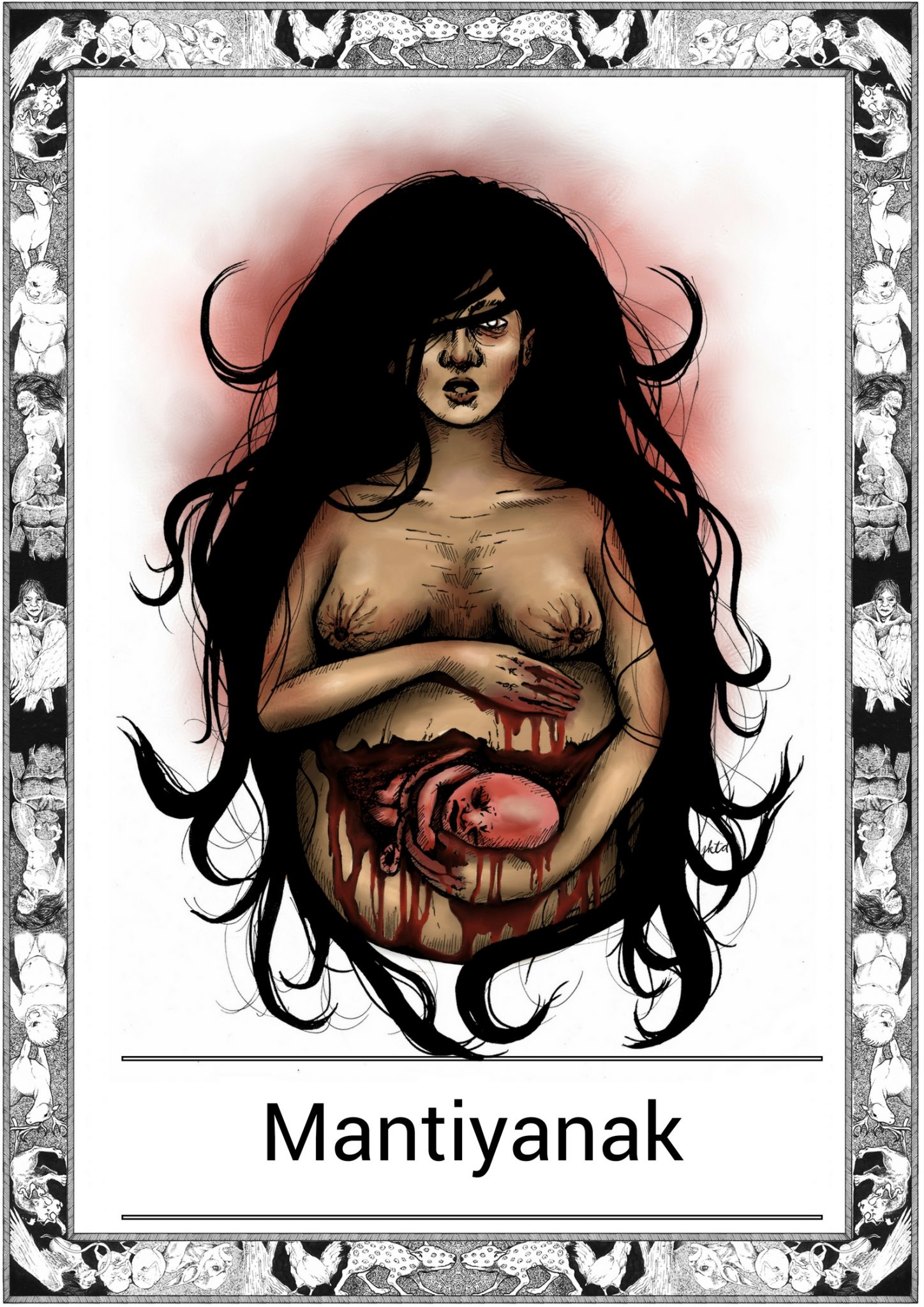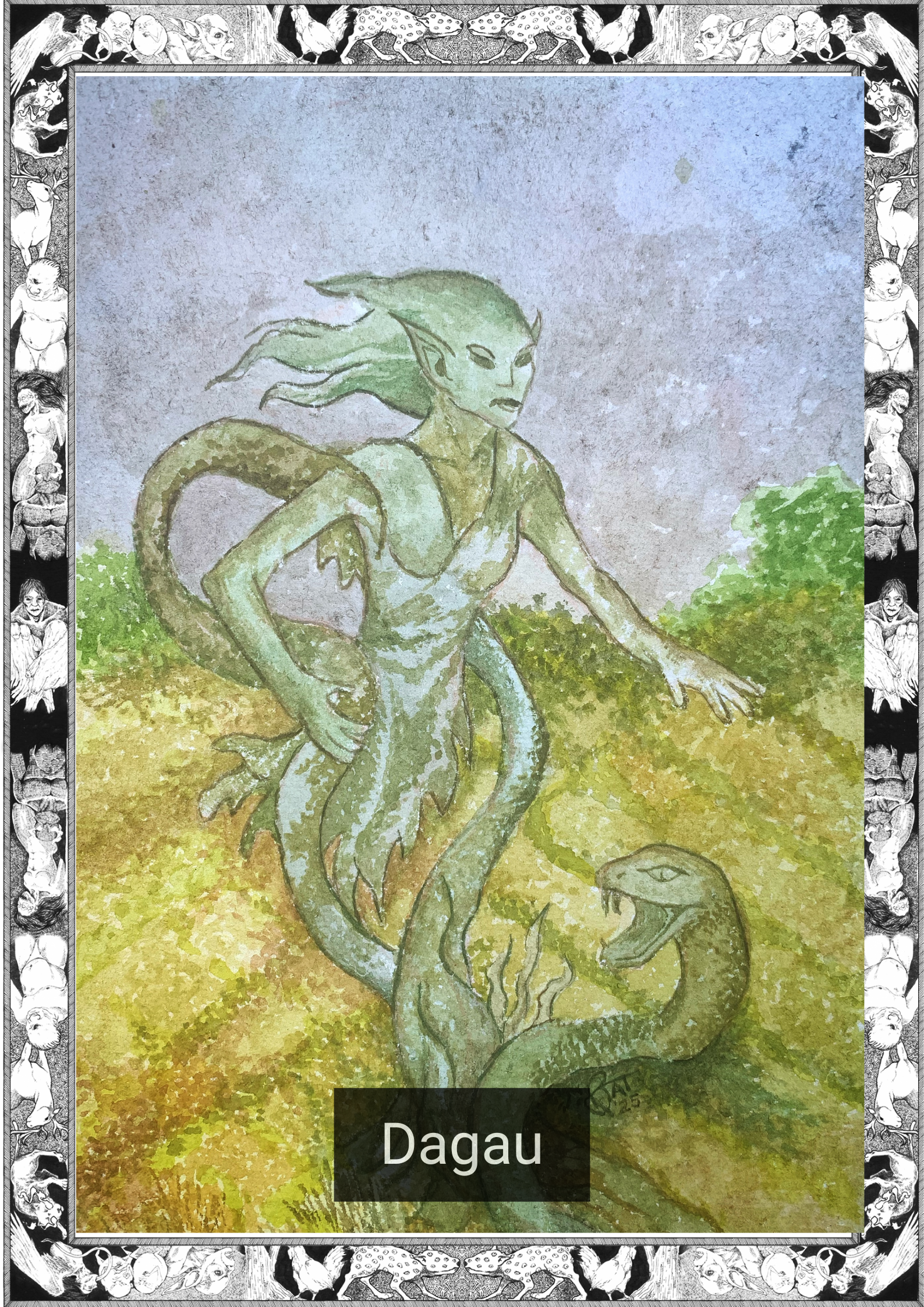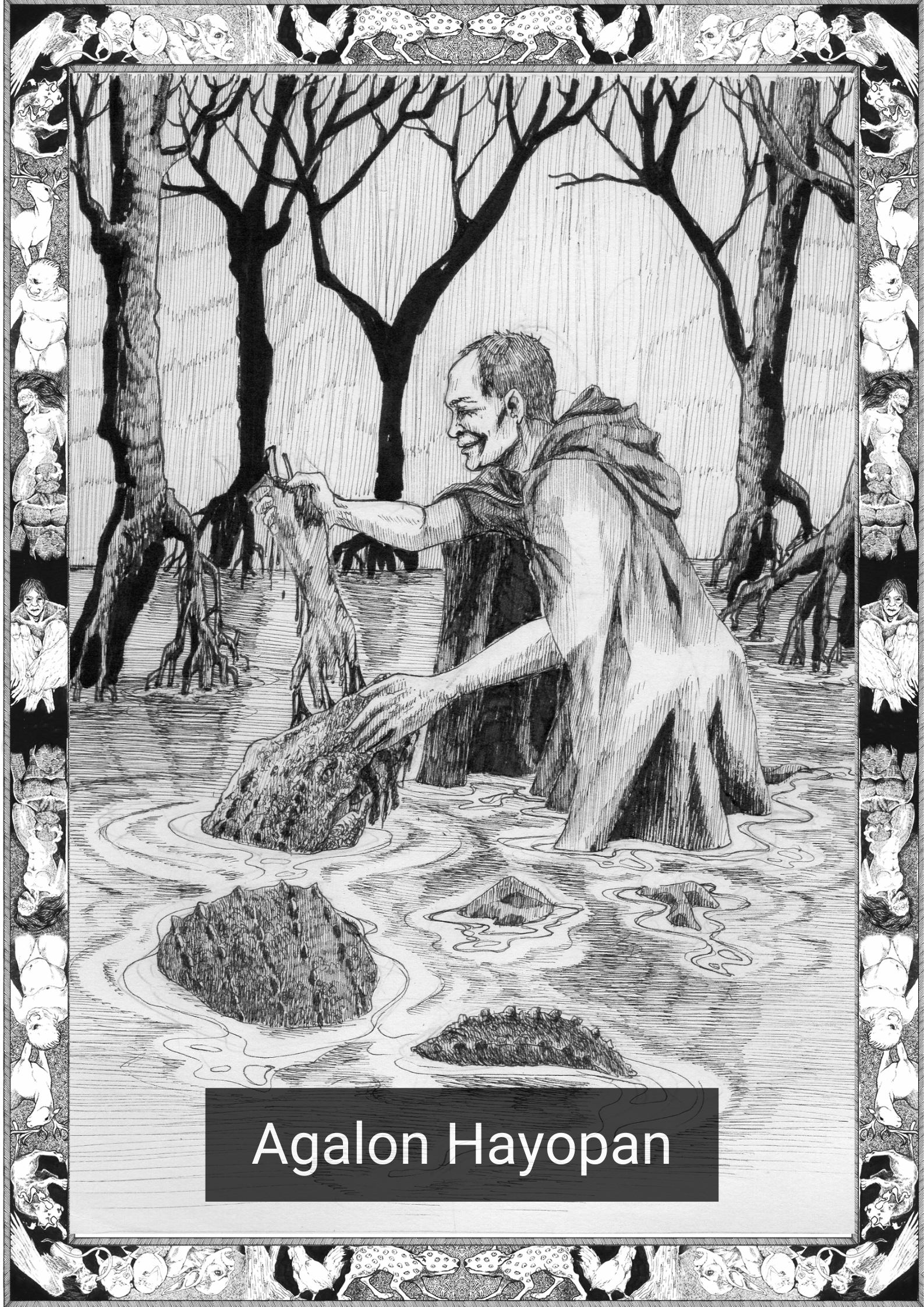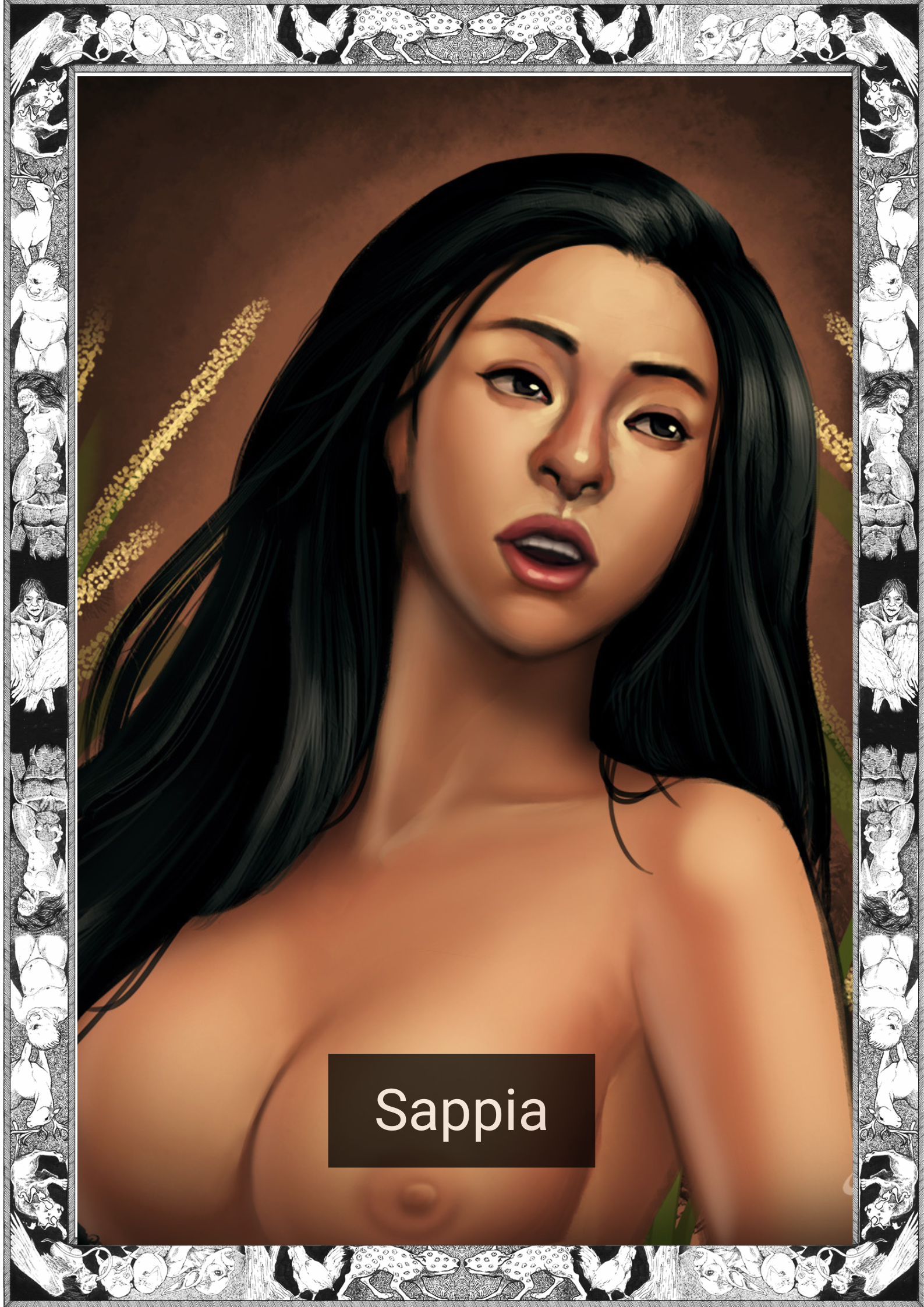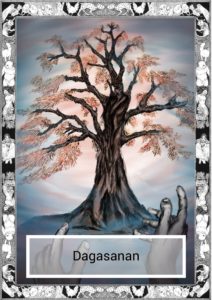
*Note this story is in Ibanag
Egga gari y tadday nga minangnganuh nga nakaliwah tad dakal. Inala-alek na y anukan na tag gukak na Vukik Daeogdog nu sitaw maddian y dios da ira. Si Gamhanan nga kuruga makapangwa tan nira e egga y neeruma nga ayam na. Tadday yaw nga furaw nga utta, puru-puro enna kompleto y tagguk na. Y ngagan na e Panigotlo. Ngem, y makakkasta enna makabannay nga ngaral naw e ginattah nat tadday nga pana./spear.
Egga gari y tadday nga ili nga awattu pappilyan na. Y nappannuan nav vulan enna y tannug ni Panigotlo ay senyales nan napia nga ammula tak kommanan na. Ngem y gawagawayyan enna gaggrasya nat totolay ira e nagimmang turi ta nasingadda y umara-aranni nga forma nga naggafu tat tangabbagan nab bannak. Di Dagasanan, tadde nga minangnganuh, e egga y kinattu na ta abaga na, yari y baggi nat taron nga ayam ni Gamhanan. Ari makapikah y totolay ira ta ammu ra nga kuruga dakal nga liwah yaw kani Gamhanan. Yatutta inah da ngamin y armas da enna pinate ra si Dagasanan enna y yama na.
Egga gari y tadde nga espiritu nga kuruga karagatan na y mangibaloh. Tari ta natayan ni Dagasanan nga lugar, egga y nattugu nga kayu na inyam. Apiddu y alino na inyam ; tari nga lugar y nangibalattan tan nakaliwatan.Y amang nam minangnganuh e ari makemammoh. Mawak tu tadday nga abbing tari ta ili y mappaga ta liwah nad darakal na. Kada ragun, tadde nga abbing y matay tape ipatagenoh nari na ispiritu nu kunnasi y takih na nepatallikuk nak kakkofun na sa.
Egga gari y abbing nga lalaki nga ari manguruk ta istorya ira na amang. Netubbu-tubbah nak kakkofun na yayya nga mattafuk ta bikoh na kayu na inyam. Negalo-galoh na laman ira. Tarkuh kanu ira ta manguruk ira ta amang ira nga istorya na kakoh enna kakay da ira. Ammu na tu neeruma yayya, tu yayya y kuruga masikan y nonoh na nira ngamin. Nepasingan na nira e nallattu yayya ta danum.
Egga paga y parte nab bannak ta Aklan nga nengagan kani Dagasanan. Y kagiadda, yari y nasikan nga tannug nga maggafu tari tak kabatwan e y ispiritu ni Dagasanan nga maddagin tat takih na enna magalek ta tumunuk nga pabbenggansan na.
————————–
English Version
There was once a hunter who made a terrible mistake. He searched for his quarry in the shadow of Mount Daeogdog, where the gods of his people lived. The most powerful of all the gods was Gamhanan, and he had a special pet. This favored creature of the great god was called the Panigotlo, a pristine, white deer with full antlers. One spear was all it took to silence the majestic sound of this enchanted creature.
There was once a village that had no choice. A full moon and the bleating of the Panigotlo signaled an abundant day for planting the next morning. The festivities and merriment suddenly stopped when they saw a figure approaching across the river. The hunter, Dagasanan, had on his shoulders the carcass of Gamhanan’s pet. They all knew that they could not abide by this sacrilege of the great god. The villagers took their spears and swords and slew Dagasanan by the river and his father in their home.
There was once a spirit that thirsted for vengeance. On the spot where Dagasanan was killed, an inyam tree grew. The hunter’s ghost would not know rest. The tree cast a shadow and on that spot his hunger for revenge would be sated. One child of the village would pay for what their ancestors had done. A child every year until the villagers would know the pain that he felt when his friends betrayed him.
There was once a boy who didn’t believe in ghost stories. His friends dared him to swim by the inyam tree and all he did was laugh. The boy called his friends cowards for believing in the stories that their lolos and lolas told them. He knew he was different and the bravest of their group, so he took the challenge and jumped in the water.
There is still a part of a river in Aklan named after the hunter, Dagasanan and an inyam tree that people avoid. They say that the loud noises that come from the rocks are his spirit crying in pain, looking for his next victim.
————————–
- The Ibanag language (also Ybanag or Ibanak) is spoken by up to 500,000 speakers, most particularly by the Ibanag people, in the Philippines, in the northeastern provinces of Isabela and Cagayan, especially in Tuguegarao, Solana, Abulug, Cabagan, and Ilagan and with overseas immigrants in countries located in the Middle East, United Kingdom and the United States. Most of the speakers can also speak Ilocano, the lingua franca of northern Luzon island. The name Ibanag comes from the prefix “I” which means “people of”, and “bannag”, meaning river. It is closely related to Gaddang, Itawis, Agta, Atta, Yogad, Isneg, and Malaweg.
Written by Karl Gaverza
Translation by Edna Sabino
Copyright © Karl Gaverza
Translation Copyright © Edna Sabino
Blogsite: https://
Story Adapted from ‘Legend of Aklan’ in Philippine Folk Literature: The Legends. Eugenio. 2002.
Dagasanan Illustration and Watercolor by Robert Rañosa Del Prado
